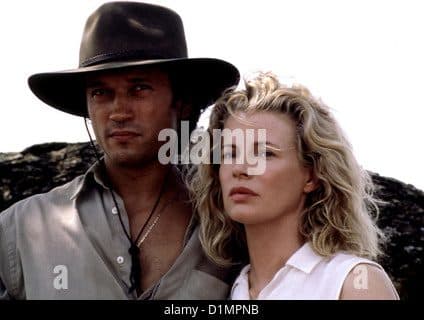Delving into the Heart of "Dancing at Lughnasa": A Timeless Irish Tale
Ever wondered about a film that captures Ireland’s essence in the 1930s? Look no further than "Dancing at Lughnasa." This film offers an experience. It reflects family, memory, and life's rhythms. Based on Brian Friel's play, it resonates with those pondering the bittersweet dance between past and present.
Where to Catch "Dancing at Lughnasa"
Ready to watch? Great choice! You have options to explore the Mundy sisters' world. For a free option, Tubi - Free Movies & TV is available. If you want to rent or buy, check Fandango at Home, Prime Video, or Apple TV. Roku users can find these options too. Yes, "Dancing at Lughnasa" is on Prime Video. You can buy or rent it from Amazon Video, Apple TV, or Fandango At Home easily.
Unraveling the Story and its Layers
Set in 1936 Ireland, "Dancing at Lughnasa" shows the Mundy household in Donegal. Picture five unmarried sisters under one roof, each with their unique personalities and quiet dramas. Meryl Streep plays Kate, the eldest sister. She's responsible and steady, maintaining order amidst chaos. Christina, played by Catherine McCormack, is a mother to young Michael, adding layers to the family dynamic. Their brother Jack (Michael Gambon), a missionary, returns changed. Gerry (Rhys Ifans), Michael's charming but unreliable father, brings excitement. This film isn't typical; it mixes Irish wit with deep human understanding.
Themes That Resonate
"Dancing at Lughnasa" tells more than just a story. It weaves rich themes still relevant today. The clash of tradition and modernity is strong. The sisters navigate old ways of Ireland and the whispers of change. There’s also an interplay of Catholicism versus pagan rituals. This isn't a heavy-handed debate, but a subtle exploration of Ireland's spiritual landscape. Ancient pagan celebrations lie beneath the surface of Catholic customs. Memory is central here. The story unfolds through adult Michael’s memories of that summer. It reflects how we remember and how memory shapes past understanding. Lastly, there's disappointment. Life often falls short of promises, exploring the quiet disappointments shaping these women.
Meet the Mundy Clan
Let’s put faces to names. Kate Mundy (Meryl Streep) serves as the anchor, striving to keep balance. Christina (Catherine McCormack) embodies motherhood but yearns for more. Jack Mundy (Michael Gambon) brings unexpected energy from Africa, lost in translation. Gerry (Rhys Ifans), Michael's charming father, stirs change and disruption. Rose Mundy, played by Sophie Thompson, adds to sisterly dynamics. Young Michael provides perspective throughout the narrative.
Setting the Stage: Ballybeg, August 1936
Imagine Ballybeg, a fictional town in Donegal, Ireland, in August 1936. The film unfolds in the kitchen and garden of the Mundy home, "The Laurels." The house becomes a character itself. It witnesses joy and tension, quiet moments and bursts of dance. This year is significant – time brings social and political changes even here, challenging the traditional ways.
Rooted in Reality
"Dancing at Lughnasa" holds poignancy rooted in reality. Brian Friel’s play is semi-autobiographical, inspired by his mother and aunts. First performed in 1990 at the Abbey Theatre, it mirrors Friel's childhood memories and influences. Knowing this adds intimacy to the viewing experience. It's not just a tale but a glimpse into a family’s past through memory and affection.
The Fading Spirit and Lingering Memories
The ending of "Dancing at Lughnasa" is melancholic. Michael reflects on the house’s fading spirit after Rose, Agnes, and Jack leave. He recounts leaving home at the soonest chance. This shows family life’s transient nature and time’s inevitable progression. The house’s spirit becomes memory as life moves on.
The Dance as a Symbol
Dancing! Its significance fills the title of the film with meaning. In "Dancing at Lughnasa," dancing symbolizes freedom and break from daily constraints. It links to ancient Irish pagan celebrations, expressing joy and connection's primal urge. In dance, the sisters come alive despite life's changes. It serves as a fleeting escape, embodying unspoken desires.
Pronouncing "Lughnasa" Like a Pro
Before discussing the film with fellow cinephiles, let’s get pronunciation right. "Lughnasa" sounds like "Loo' nessa." Now you can impress everyone with your new skill!
A Quote to Remember
A quote encompassing the film’s spirit: "Dancing as if life’s heart and hopes lie in those notes, rhythms, and silent movements." It reflects non-verbal expression and how dance communicates emotions and longings words cannot capture. Then there’s humor: "I love you Aggie... more than chocolate biscuits," adding balance to poignancy. "Dancing at Lughnasa" prompts reflection on memory, family, and human spirit wrapped in Irish beauty.













Responses (0 )